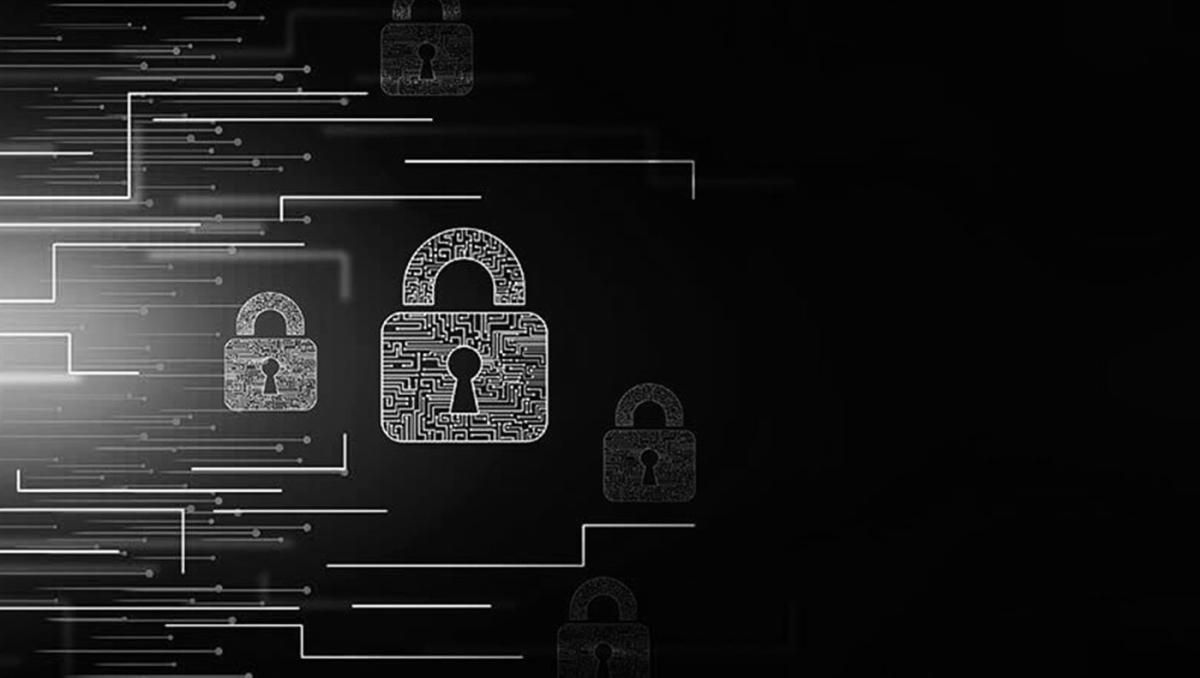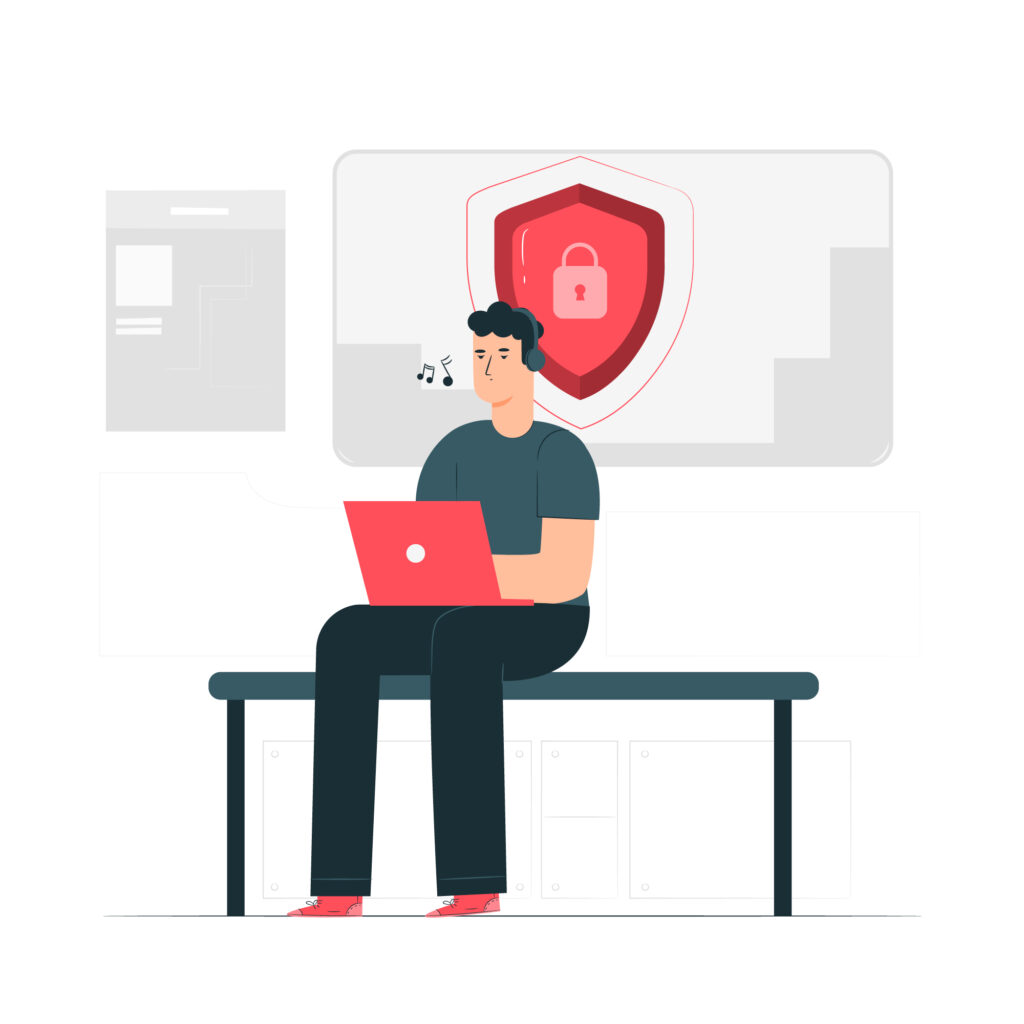 By: John Abhilash / June 28, 2024
By: John Abhilash / June 28, 2024
In today’s cybersecurity landscape, security configuration management (SCM) is a critical component of protecting your applications. According to a 2020 report by Gartner, through 2023, 99% of cloud security failures will be the customer’s fault, with misconfigurations being a leading cause.This article delves into strategies to enhance your app’s security through effective configuration management.
Security Configuration Management involves managing and maintaining secure configurations across your IT infrastructure, focusing on security-specific settings for networks, servers, and applications.
SCM ensures that your applications and systems are configured securely, reducing vulnerabilities and potential attack surfaces. It’s the foundation of a robust security posture. A 2019 study by McAfee found that 99% of misconfigurations in Infrastructure as a Service (IaaS) go unnoticed, highlighting the critical need for effective SCM.
Define secure baseline configurations for each component of your application. These baselines should align with industry standards and security best practices.
Detailed Approach:
Document all configuration items, including operating systems, databases, web servers, and application servers.
Define secure settings for each item based on vendor recommendations and industry best practices.
Use automated tools to scan and compare current configurations against these baselines.
Regularly update baselines to address new security threats and vulnerabilities.
Tip: Utilize frameworks like CIS Benchmarks or NIST guidelines to develop your secure baselines. The Center for Internet Security (CIS) provides benchmarks for various systems and applications, which are updated regularly to address emerging threats.
Configure access controls to provide users and processes with only the minimum necessary permissions. This limits potential damage if an account is compromised.
Implementation Steps:
Conduct a thorough review of all user roles and their required access levels.
Create role-based access control (RBAC) policies.
Implement fine-grained permissions at the application, database, and system levels.
Regularly audit and review access rights to ensure they remain appropriate.
Conduct frequent audits of your security configurations to detect and address any deviations from your secure baselines.
Audit Process:
Use automated tools to scan configurations across your infrastructure.
Compare current configurations against established baselines.
Identify and document any deviations or misconfigurations.
Prioritize and remediate issues based on risk assessment.
Document changes and update baseline configurations if necessary.
Statistics: A 2021 study by Ponemon Institute found that organizations conducting weekly security configuration audits experienced 55% fewer security incidents compared to those auditing monthly or less frequently.
Implement automation tools to consistently apply and maintain secure configurations across your infrastructure. This reduces human error and ensures uniformity.
Automation Strategies:
Use configuration management tools like Ansible, Puppet, or Chef to automate the application of security configurations.
Implement continuous integration/continuous deployment (CI/CD) pipelines that include security configuration checks.
Set up automated alerts for any unauthorized configuration changes.
Use version control systems to track changes to your security configurations over time. This allows for easy rollback and audit trails.
Implementation:
Store configuration files in a version control system like Git.
Implement a change management process that requires peer review of configuration changes.
Use branching strategies to manage configurations for different environments (development, staging, production).
Several tools can assist in managing your security configurations effectively:
OpenSCAP: An open-source security automation and compliance checking tool. It’s SCAP-compliant and can perform configuration and vulnerability scans against various security policies.
Nessus: A widely used vulnerability scanner that also offers configuration auditing against various security benchmarks. It can identify misconfigurations and suggest remediation steps.
Tripwire: Provides file integrity monitoring and security configuration management. It can detect unauthorized changes to critical system files and configurations.
Ansible: An open-source automation tool that can be used for configuration management, application deployment, and task automation. It’s particularly useful for maintaining consistent security configurations across multiple systems.
Puppet: Another popular configuration management tool that can automate the deployment and management of security configurations across large-scale environments.
Chef InSpec: An open-source framework for testing and auditing your applications and infrastructure. It can help ensure that your systems are configured correctly and securely.
AWS Config: For AWS environments, this service assesses, audits, and evaluates the configurations of AWS resources. It provides a detailed view of the configuration of AWS resources and helps ensure compliance with organizational policies.
Microsoft Azure Policy: Enforces organizational standards and assesses compliance at scale for Azure resources. It can audit and enforce configurations across your Azure environment.
Google Cloud Security Command Center: Provides centralized visibility and control over Google Cloud resources, helping to identify misconfigurations and security risks.
Qualys Policy Compliance: A cloud-based solution that automates the assessment of security configurations against various benchmarks and standards.
Rapid7 InsightVM: Offers vulnerability management and security configuration assessment capabilities, helping organizations identify and prioritize security risks.
Continuous Monitoring of Security Configurations
Implement real-time monitoring of your security configurations to quickly detect and respond to any unauthorized changes or deviations from your secure baselines.
Monitoring Strategies:
Set up real-time alerts for critical configuration changes.
Use security information and event management (SIEM) tools to correlate configuration changes with other security events.
Implement automated remediation for certain types of misconfigurations.
Statistics: According to a 2022 report by IBM, organizations with fully deployed security automation experienced a 74% lower average cost of a data breach compared to those without automation.
Track these Key Performance Indicators (KPIs) to gauge the effectiveness of your security configuration management:
Security Configuration Compliance Rate: Percentage of systems compliant with your defined security configurations.
Mean Time to Remediate (MTTR) Configuration Issues: How quickly your team addresses security configuration deviations.
Security Incident Rate Related to Misconfigurations: Number of security incidents caused by configuration issues.
Configuration Drift Rate: How often and to what extent configurations deviate from the established baselines.
While the practices we’ve discussed are crucial, managing them can be complex. Guardian, an Application Security Posture Management (ASPM) solution, can streamline your security configuration management efforts.
Centralized Configuration Monitoring: Aggregates security configuration data from various sources into a unified dashboard.
Configuration Drift Detection: Quickly identifies deviations from your secure baselines.
Automated Remediation Guidance: Provides actionable recommendations to address security configuration issues.
Compliance Mapping: Automatically assesses your security configurations against various compliance standards.
Risk-Based Prioritization: Helps focus efforts on the most critical security configuration issues.
By leveraging Guardian, you can enhance your security configuration management process, ensuring a more robust and consistent security posture across your applications and infrastructure.
Check Out our Other Resources : Master ASPM :Build a secure strategy







Leave a Comment